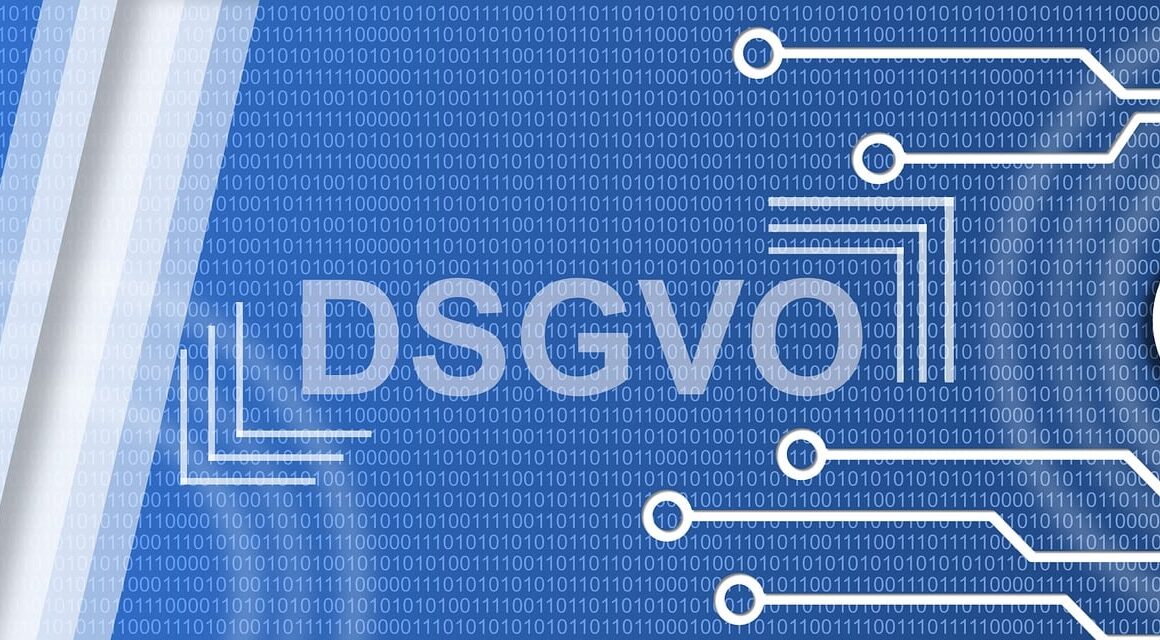Mitigating Bias and Ensuring Fairness in Segmentation Models
Customer segmentation is a strategic tool that helps businesses tailor their marketing efforts effectively. However, the process of segmentation can unintentionally introduce bias into models if not handled with care. Companies must prioritize data privacy and ethical considerations, ensuring that they are creating fair and unbiased segmentation models. One of the primary concerns is how data collection methods can influence the diversity of customer segments. Unintentional sampling biases can lead to skewed demographic representation. Hence, organizations need to adopt measures that include diverse datasets that represent various demographics, lifestyles, and preferences. Alongside this, maintaining transparency in how data is gathered and processed is crucial. Transparency not only fosters trust among consumers but also aids in identifying and mitigating bias early in the segmentation process. Organizations should also consider implementing regular audits and assessments to evaluate the fairness of their segmentation models. These assessments help in identifying any potential biases or ethical issues that may arise and allow for prompt corrective actions to maintain equity across customer segments. Ultimately, fostering an inclusive approach in customer segmentation can significantly enhance brand reputation and customer loyalty.
The Importance of Ethical AI in Customer Segmentation
In today’s digital world, the importance of ethical considerations in customer segmentation has never been more pronounced. Organizations are increasingly using artificial intelligence (AI) methodologies to drive their segmentation efforts. While AI brings several advantages, including efficiency and accuracy, it can also unintentionally propagate biases if trained on incomplete or biased data. Therefore, organizations must prioritize fairness in algorithms through the selection of unbiased training data. Moreover, businesses should continually monitor outcomes, ensuring that segmentation does not favor one group excessively over others. Employing diverse teams in the development and analysis of customer segmentation models can foster inclusivity and reduce blind spots in data interpretation. This collaboration allows for varying perspectives, which is essential for identifying potential biases that may not be obvious to a homogeneous team. Furthermore, industry leaders are encouraged to adopt ethical frameworks that drive responsible data usage. For example, establishing ethics boards within organizations can provide oversight and accountability in segmentation practices, promoting equitable treatment of all customer segments. By integrating ethical considerations into the core of segmentation strategies, businesses can create models that better reflect and serve their diverse customer base.
Data privacy is another critical aspect that intersects with customer segmentation. As customer data becomes increasingly valuable, businesses must navigate complex privacy regulations effectively, such as the General Data Protection Regulation (GDPR). Compliance with these regulations is not merely a legal requirement but also an ethical obligation to protect consumer data. To begin with, organizations should implement robust data governance policies that clearly delineate how customer data is collected, stored, and utilized. Transparent communication with customers about data usage elevates their trust and willingness to engage with businesses. In addition to transparency, employing anonymization techniques can further shield customer identities, enabling organizations to extract valuable insights without compromising individual privacy. Invest in secure data management systems that adhere to industry standards. Regularly reviewing systems for vulnerabilities ensures that customer data remains secure and protected from breaches. Furthermore, educating employees about data privacy is essential as it empowers them to understand the implications of data misuse. This training should highlight best practices for ethical data collection and segmentation, ensuring that all team members contribute to a culture of privacy and respect for customer information.
Additionally, organizations need to proactively address potential biases embedded in customer segmentation models. One effective way to do this is through the engagement of external audits or consultants specializing in data ethics. These professionals can provide an objective evaluation of segmentation strategies and reveal blind spots that internal teams may overlook. By fostering an external perspective, businesses can gain valuable insights into how their segmentation practices might inadvertently favor particular groups or exclude others. Furthermore, organizations should employ techniques such as rigorous testing of segmentation models across diverse demographic groups. This ongoing assessment enables businesses to identify any disparities in the treatment of various customer segments. Implementing feedback loops where customers can voice their experiences and concerns is vital in improving segmentation practices. Continuous interaction with customers provides real-world insights, assisting organizations in refining their models towards greater inclusivity. In combining these proactive measures with a commitment to transparency and ethical standards, companies can foster a segmentation approach that resonates well with their diverse clientele and promotes long-lasting customer relationships and satisfaction.
Building Inclusive Segmentation Strategies
Building inclusive customer segmentation strategies requires a shift in perspective from traditional approaches. Companies need to embrace a holistic view of customer data, integrating qualitative and quantitative factors to map customer behaviors accurately. Understanding the nuanced aspects of customer demographics, preferences, and motivations allows businesses to create broader segments without alienating smaller, unique groups. While algorithms can effectively work with quantitative data, qualitative insights can enrich the understanding of customers. By gathering customer feedback through surveys, interviews, and focus groups, businesses can tap into rich narratives that highlight emerging trends or overlooked segments. Moreover, organizations should focus on continuously iterating their segments based on the latest customer interactions and market changes. This adaptive approach acknowledges that customer needs may evolve over time, prompting regularly reviewed segmentation models. Engaging customers directly helps not only in refining segments but also fosters a sense of community and loyalty as customers feel valued in their contributions. By ensuring segments are periodically validated and tested against market shifts, businesses can enhance their adaptability and responsiveness, leading to innovative solutions tailored more closely to customer needs and expectations.
The deployment of technology can also significantly impact the fairness of customer segmentation efforts. Advanced analytics tools, including machine learning applications, allow businesses to analyze massive datasets swiftly and with greater precision. However, these technologies must be designed with inclusivity in mind, considering factors like algorithm bias and fairness. Businesses should also consider employing explainable AI frameworks, which help clarify how decisions are made within automated systems. Providing transparency into the decision-making process assures customers that their data is being handled responsibly, without unfounded biases impacting the outcomes. Furthermore, technology should facilitate accessing segmentation models for all demographic groups. If segments are narrowly defined based on historical data, they risk reinforcing existing inequalities. Instead, leveraging data visualization tools can help communication of insights across various stakeholders, enabling informed decision-making. Investing in training staff on utilizing advanced tools effectively while prioritizing ethical standards promotes a culture of responsible data use. In doing so, businesses can leverage technology to enhance customer segmentation while adhering to ethical principles that promote fairness, equality, and trust amongst customers.
Finally, fostering a culture of ethical consideration and responsibility throughout the organization is paramount. All employees, from data scientists to marketing teams, must share an understanding of how their work can influence customer segmentation practices. Regular training sessions on ethical data usage and bias mitigation techniques create awareness and empower staff to take appropriate actions. Establishing clear guidelines on ethical decision-making in practice is crucial for creating a shared responsibility. Encouraging conversations around biases, fairness, and representation keeps the topic at the forefront of organizational objectives. Incentivizing teams to develop innovative solutions that foster inclusivity encourages proactive engagement with ethical dilemmas. Additionally, organizations can publicize their commitment to ethical considerations by issuing reports or maintaining transparency in their practices. Such initiatives build customer confidence and enhance the organization’s reputation within the community. By embedding ethical values into the very fabric of organizational culture, businesses can make significant strides in ensuring fairness and minimizing bias within their segmentation models. Ultimately, this commitment to ethics fosters trustworthy relationships, demonstrating an unwavering dedication to customer-centric principles.


